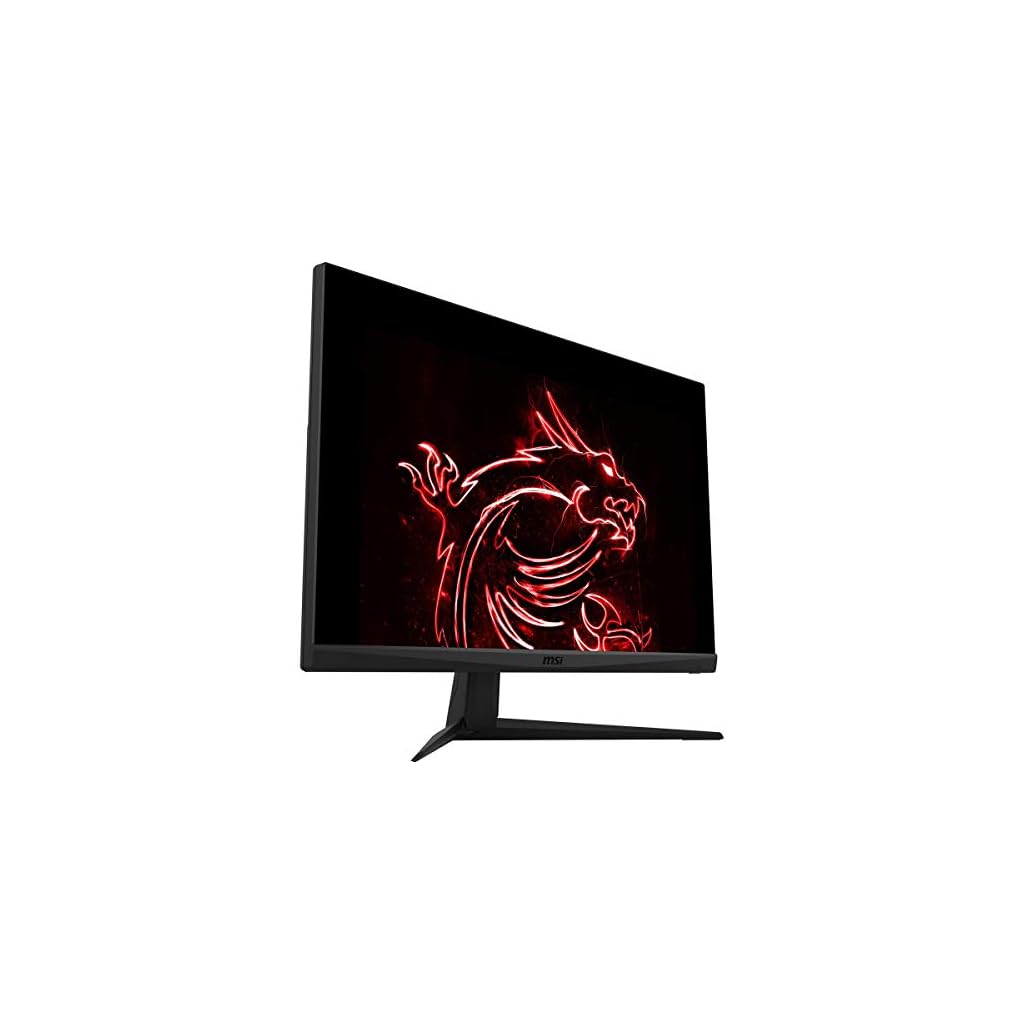
3 monitor set up. In this blog post, we’re going to show you how to connect three monitors to a PC.
This can be great for digital artists, PC users, or gamers who want to increase their screen real estate. We’ll walk you through the steps necessary, and explain some things to keep in mind when setting up your monitors.
Let’s get started!
What you will need
- Get a video card with at least 3 outputs.
- Purchase an HDMI cable for each of the monitors you want to connect.
- Purchase a DVI-D or VGA cable for each monitor you want to connect.
- Connect all cables and switch on your PC.
- Install the driver from the CD that came with your graphics card.
- Set up displays in Windows according to their resolution, position, and orientation.
- Get a computer with a video card capable of running 3 monitors.
- Install any additional drivers that may be necessary, such as Intel’s graphics driver for integrated graphics cards.
- Configure Windows so that you can use all three monitors by going into the Settings menu and selecting “Multiple Displays” in the Screen Resolution section.
How to setup 3 monitors
Option 1
- Connect your first monitor to the VGA port on your graphics card.
- Connect your second monitor to the DVI port on your graphics card.
- Connect a 3rd monitor to either of these ports, or both if you want two monitors side by side.
- Set up display settings in Windows so that all three displays are mirrored or extended (not duplicated).
- Turn off any other monitors connected to the computer except for one of them – this will be used as an extension screen for viewing things like photos and videos while working on documents or doing work in Photoshop.
Option 2
- Connect the first monitor to your laptop using an HDMI cable.
- Connect the second monitor to your laptop using an HDMI cable.
- Connect your third monitor to the USB port on your laptop.
- Turn on all three monitors and adjust them so that they are aligned with one another.
How to use multiple screens on a single PC
- Get a multi-monitor stand for your desk.
- Install the software that will allow you to use multiple screens.
- Choose which programs you want to run on each screen.
- Set up shortcuts for frequently used programs so they are accessible from any monitor.
- Test out your new setup and make adjustments as needed.
- Make sure all of your monitors are set at the same resolution, colour depth, refresh rate, and other settings before finalizing the installation process
Screen resolution and placement
- Consider screen resolution – for example, if you are connecting two monitors, 1920×1080 is a good resolution to use.
- Mount your screens at eye level or higher.
- Make sure that the leftmost monitor is on the right side of your desk and the rightmost monitor is on the left side of your desk.
- Place any additional monitors below these two primary monitors.
- Use an external keyboard and mouse with one of these secondary monitors so that it can be used as a touchpad for scrolling through documents or websites without having to move from one place to another on your main display.
- Close all other windows before opening new ones to avoid distractions when working on tasks.
- Avoid using multiple displays just because they are available; instead, focus on what you need them for and only buy those specific models rather than buying more than necessary.
- If possible, use HDMI cables rather than VGA cables because they have better quality video output.
- Keep all cords out of sight by routing them under desks or along walls where they will not interfere with walking around the room.
- To save space, mount power strips behind furniture so there isn’t clutter around outlets.
Troubleshooting tips for connecting 3 monitors
- Make sure the monitors are plugged in and turned on.
- Use a DVI or HDMI cable to connect the first monitor, then use a VGA cable for each additional monitor.
- Plug one end of the DVI or HDMI cable into your video card and plug the other end into your first monitor.
- Connect two more cables from your video card to each of the other monitors – make sure you don’t have any spare ports left over!
- If all else fails, try connecting only one monitor at a time until you find out which connection is causing problems.
- If it’s still not working, double-check that all connections are secure and that there is nothing obstructing any cables.

